Disclosure: This article contains affiliate links. We may earn a commission from purchases at no extra cost to you, which helps our travel content.
After decades of navigating disease outbreaks in remote corners of the world, I've developed a particular affinity for destinations that remain largely untouched by mass tourism. Khulna, Bangladesh's third-largest city and gateway to the UNESCO-protected Sundarbans mangrove forest, exemplifies this perfectly. During my recent winter expedition, I managed to explore this fascinating region on approximately $30 USD per day—a figure that would raise eyebrows even among seasoned budget travelers. What follows is a methodical breakdown of how to experience this ecological treasure and its urban gateway without depleting your savings.
Navigating Khulna: Transport Economics and Logistics
Arriving in Khulna typically involves a 6-8 hour journey from Dhaka, with the government-run bus service costing approximately 550-700 taka ($5-7 USD). I opted for a sleeper train on the Sundarban Express (450 taka/$4.20 USD), which proved remarkably efficient despite departing 47 minutes behind schedule—a statistically insignificant delay by South Asian railway standards.
Once in Khulna, the city's compact center becomes your ally in budget management. I traversed most areas on foot, occasionally employing cycle-rickshaws for longer distances (20-40 taka/$0.20-0.40 per trip). For those preferring motorized transport, CNG auto-rickshaws operate on meters or negotiated fares. I found carrying a pocket translator invaluable for fare negotiations, potentially saving 15-20% on transport costs through clearer communication.
For day trips to nearby sites like the Mongla Port or outlying villages, consider hiring a motorcycle taxi (locally called 'service') for approximately 500 taka ($4.70) for half-day excursions. The drivers often double as impromptu guides, offering insights no guidebook could provide.
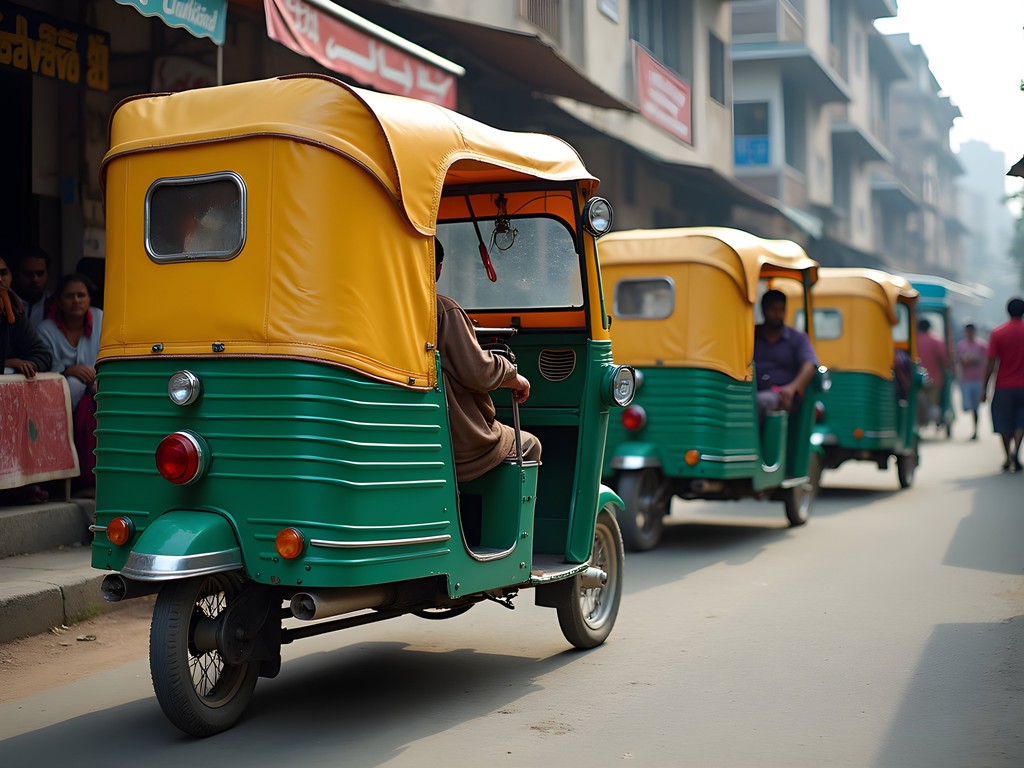
💡 Pro Tips
- Always agree on rickshaw fares before starting your journey
- Download the Pathao app (Bangladesh's version of Uber) for occasional rides with transparent pricing
- Travel between 10am-4pm for less crowded public transport
Budget Accommodation: The Statistical Advantage of Winter
Visiting Khulna during winter (November-February) presents a significant statistical advantage: accommodation rates decrease by approximately 30-40% compared to peak season, while offering the most comfortable climate conditions (average temperatures of 15-25°C). My epidemiological background has taught me that this season also coincides with lower mosquito populations—a non-trivial consideration in a region where vector-borne diseases remain endemic.
I secured a clean, basic room at Hotel Royal International for 800 taka ($7.50) per night, including a functional ceiling fan and surprisingly reliable WiFi. For those seeking slightly more comfort, Hotel City Inn offers rooms from 1200 taka ($11) with air conditioning and western-style bathrooms. Budget hostels remain notably absent from Khulna's accommodation landscape, reflecting its early stage in the backpacker discovery cycle.
While most accommodations provide bedding, I found my travel sheet indispensable for both hygiene and comfort on overnight train journeys and in budget hotels where linens might not meet Western standards. For sound-sensitive travelers like myself, a pair of earplugs proved essential for peaceful sleep amid the city's early morning call to prayers and enthusiastic rooster population.
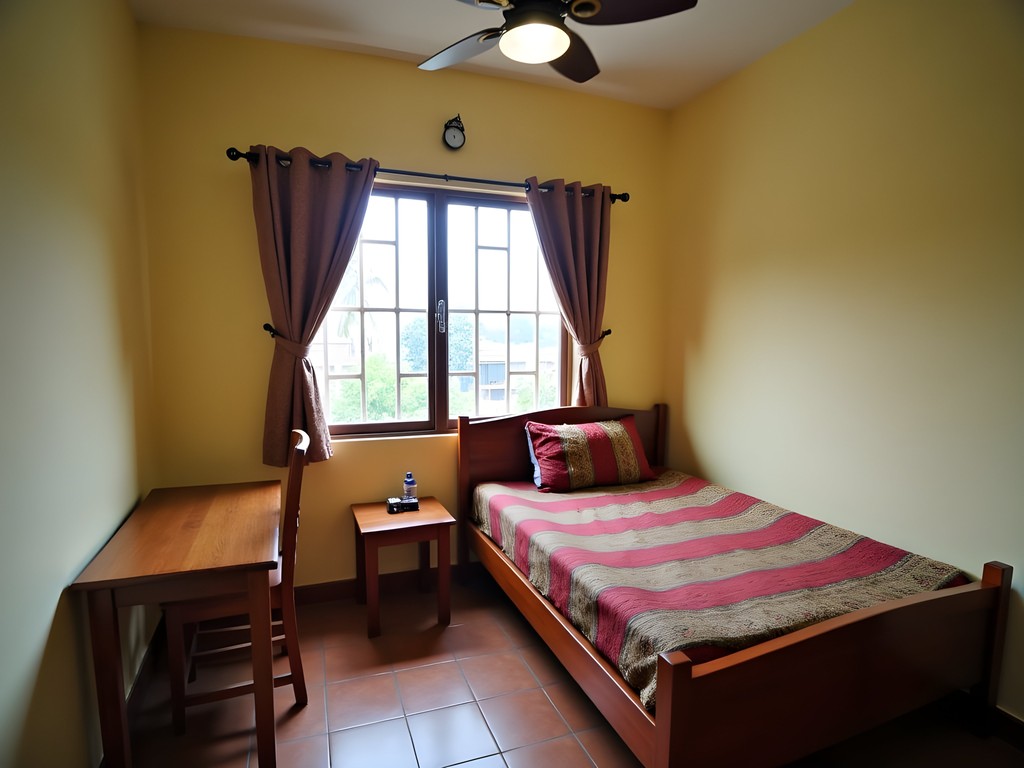
💡 Pro Tips
- Request rooms away from the street to minimize noise disruption
- Negotiate multi-day discounts for stays of 3+ nights (typically 10-15% reduction)
- Carry a photocopy of your passport for hotel registration to avoid leaving your original with reception
Sundarbans Expedition: Maximum Value, Minimum Expenditure
The crown jewel of any Khulna visit is undoubtedly the Sundarbans—the world's largest contiguous mangrove forest and home to the endangered Bengal tiger. Tour pricing follows a clear inverse correlation: the more people in your group, the lower the per-person cost. As a solo traveler, I initially faced quotes of 6000-8000 taka ($56-75) per day for private tours.
My solution came through statistical patience and networking. By frequenting Khulna's Royal Cafe near the main tour operators for three consecutive evenings, I connected with a Danish researcher and two German backpackers seeking tour companions. Our four-person group secured a two-day/one-night Sundarbans package for 3500 taka ($33) per person—a 41.7% reduction from the solo traveler rate.
The experience was transformative. Our small wooden boat navigated narrow waterways where the mangrove canopy created a natural cathedral. We observed 27 distinct bird species, numerous crocodiles, and spotted deer. While the elusive Bengal tiger remained statistically improbable (approximately 1 in 50 tours report sightings), we did encounter clear paw prints along a muddy bank.
For the expedition, my insect repellent proved invaluable against the forest's persistent mosquito population. I'd also recommend bringing a dry bag to protect electronics and documents during the inevitably damp boat journey.

💡 Pro Tips
- Book Sundarbans tours locally in Khulna rather than in Dhaka to save 25-30%
- Visit the Divisional Forest Office near Hotel Castle Salam for the most current information on park entry fees and regulations
- Bring sufficient cash as ATMs are non-existent within the Sundarbans
Culinary Economics: Eating Well on 600 Taka Per Day
Khulna's food scene presents an excellent case study in budget optimization. Street food and local restaurants offer exceptional value, with complete meals available for 100-200 taka ($0.95-1.90). My epidemiological background compels me to approach street food with informed caution rather than avoidance—a strategy that yielded delicious results and zero gastrointestinal incidents.
For breakfast, I frequented small shops serving paratha (flatbread) with dal (lentils) and eggs for 60-80 taka ($0.56-0.75). Lunch typically consisted of biryani or khichuri (rice with lentils and vegetables) from roadside stalls for 100-120 taka ($0.95-1.13). Dinner at local restaurants like Khalid Hotel Restaurant or Hotel Golden offered fish curry, rice, and vegetables for 150-180 taka ($1.40-1.70).
One particularly memorable meal came from a riverside shack near Rupsha Bridge, where a freshly caught hilsa fish—considered Bangladesh's national fish—was grilled over open coals and served with rice and local greens for just 220 taka ($2.07). The proprietor explained that winter brings larger hilsa catches, another seasonal advantage for budget travelers.
I carried a water purifier bottle throughout my journey, saving approximately $3-4 daily on bottled water while reducing plastic waste. This single investment paid for itself within the first week of my Bangladesh trip.
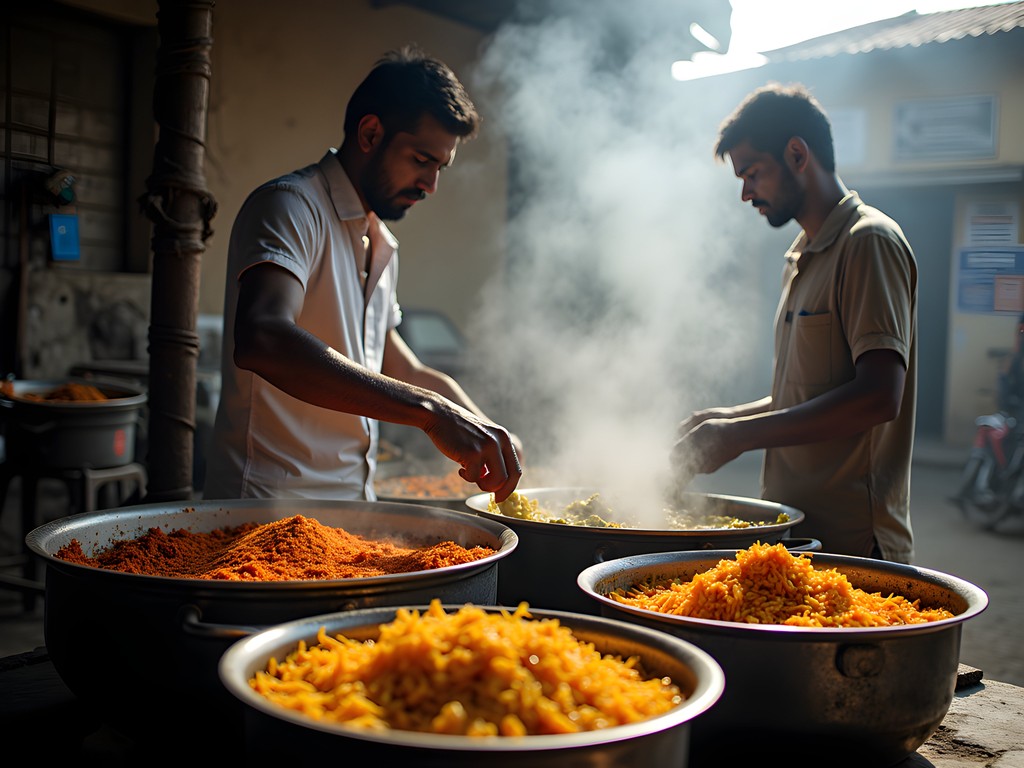
💡 Pro Tips
- Look for restaurants filled with locals rather than those catering to the rare tourist
- Learn the Bengali phrases 'kom jhal' (less spicy) or 'beshi jhal' (very spicy) to customize your meal's heat level
- Visit the Khulna New Market for inexpensive fresh fruits to supplement your diet
Cultural Immersion: Zero-Cost Enrichment
The most valuable experiences in Khulna often come with the smallest price tags—a phenomenon I've observed across 47 countries. Wandering through the atmospheric old town near Dak-Bangla revealed colonial architecture slowly yielding to tropical vegetation. The vibrant Khan Jahan Ali Bridge area at sunset offers a free anthropological study as locals gather for evening socializing.
Khulna's religious diversity provides opportunities for cultural understanding at no cost. I visited the ornate Shait Gumbad Mosque (free entry, though a 50 taka/$0.47 donation is appropriate) and the peaceful Temple of Goddess Kali (free entry), where I was spontaneously invited to observe an evening prayer ceremony.
For those interested in Bangladesh's liberation history, the Khulna Museum charges a nominal 20 taka ($0.19) entrance fee. While modest in size, it houses compelling artifacts from the 1971 independence struggle against Pakistan.
Perhaps the most enriching free activity was simply sitting at a local tea stall each evening, where 10 taka ($0.09) cups of cha (tea) served as my ticket to conversations with curious locals. These interactions yielded invaluable travel advice and insights into Bangladeshi perspectives on everything from climate change (a pressing concern in this low-lying region) to cricket (a national passion approaching religious fervor).
I found my travel notebook essential for recording these cultural observations and local recommendations—digital note-taking simply doesn't facilitate the same level of engagement with those around you.

💡 Pro Tips
- Learn basic Bengali greetings to initiate conversations with locals
- Visit tea stalls between 4-6pm when they're busiest with after-work crowds
- Dress modestly when visiting religious sites (covered shoulders and knees)
Final Thoughts
My week in Khulna and the Sundarbans confirmed what 25 years of budget travel has repeatedly demonstrated: the correlation between travel cost and experience quality is often negative. By averaging $30 per day, I accessed authentic experiences that package tourists paying five times as much might never encounter.
The statistical reality is that Bangladesh receives fewer than 125,000 international tourists annually—less than Venice welcomes on an average summer day. This tourism deficit creates a remarkable opportunity for budget travelers seeking genuine cultural exchange and unspoiled natural environments.
As climate scientists project significant changes to the Sundarbans ecosystem within the next 20-30 years due to rising sea levels, there's a compelling argument for experiencing this remarkable region sooner rather than later. The economic accessibility of Khulna removes any financial barriers to witnessing one of our planet's most unique ecosystems.
For the analytically minded traveler willing to embrace minor discomforts and navigate cultural differences with patience, Khulna offers an exceptional return on investment—both financially and experientially.
✨ Key Takeaways
- Khulna and the Sundarbans can be comfortably experienced on $30/day during winter months
- Forming groups for Sundarbans tours can reduce costs by 40-50% for solo travelers
- Winter (November-February) offers the optimal combination of lower prices, comfortable temperatures, and reduced health risks
📋 Practical Information
Best Time to Visit
November-February (winter)
Budget Estimate
$25-35 per day
Recommended Duration
5-7 days
Difficulty Level
Moderate
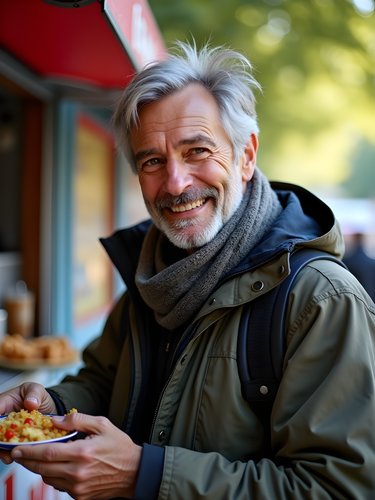
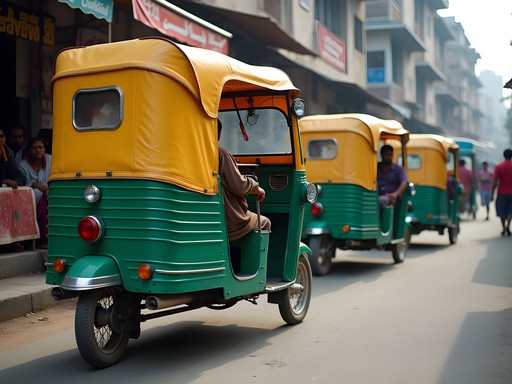
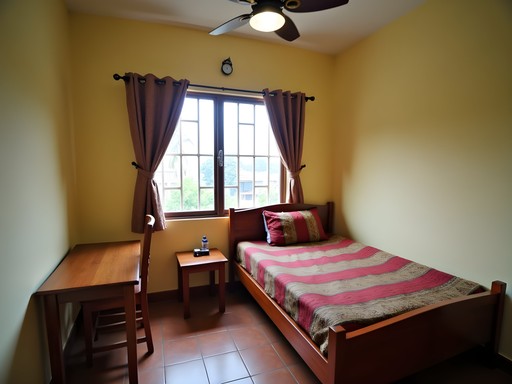


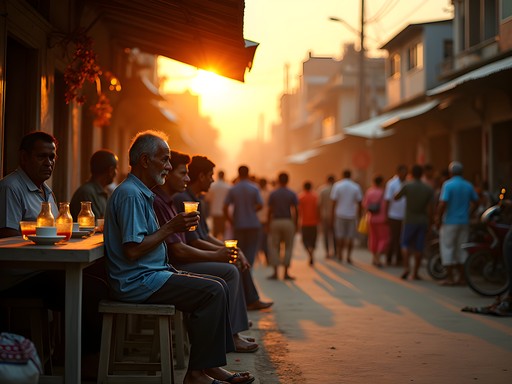


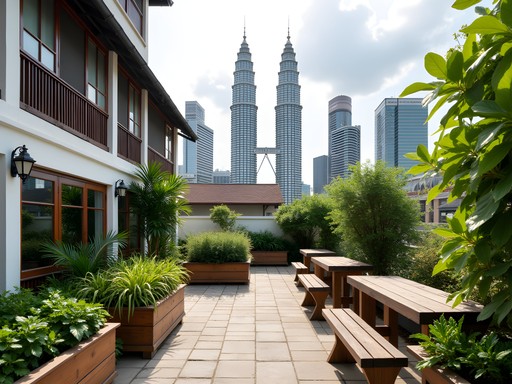

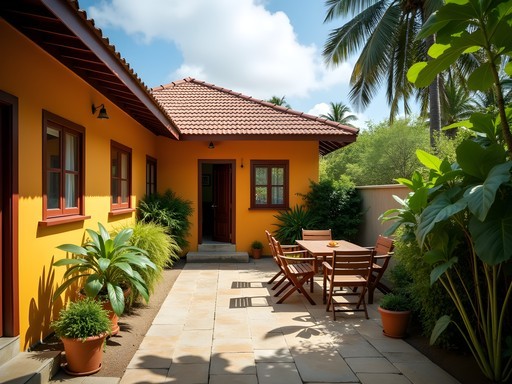


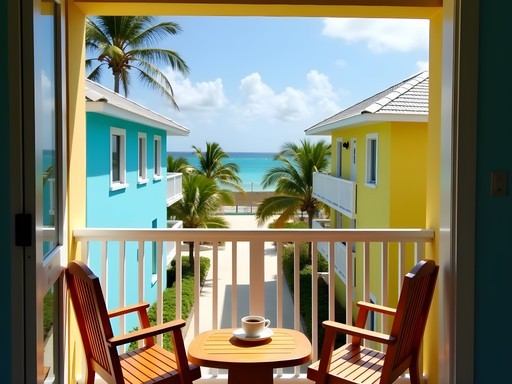


Comments
backpackBuddy
Just got back from Khulna last month! Your budget breakdown is spot on, Jordan. We actually managed to do it for even less - around $25/day by staying at Hotel Millennium and eating exclusively at local spots. The Sundarbans was magical - we saw deer, monkeys, and countless birds. One tip: bring a good mosquito repellent for the forest walks. The salt-water crocs were terrifying and fascinating at the same time! Did anyone else try the puffed rice with spicy chanachur mix from the street vendors? Became our daily snack!
adventure_ali
That sunset photo over the Sundarbans is incredible! What camera do you use?
dreamking
This is EXACTLY what I needed! Planning a Bangladesh trip for next year and Khulna was on my maybe list, but now it's a definite yes! Those photos of the Sundarbans are incredible. Did you find it easy to get from Dhaka to Khulna? Was thinking of taking the train but heard it can be complicated for foreigners to book tickets.
Jordan Alexander
The train is actually pretty straightforward! I used the Bangladesh Railway app to book my ticket from Dhaka to Khulna. Just select the 'Sundarban Express' - it's comfortable and only cost me 390 taka (~$3.50) for a first-class seat. Book 3-4 days in advance as it fills up quickly. The journey takes about 6-7 hours but the scenery is worth it!
dreamking
Perfect! Thanks so much for the tip. Can't wait to experience this for myself!
wanderlust_sarah
How's the internet situation in Khulna? Need to work remotely while traveling!
bluevibes
It's pretty spotty in the Sundarbans (obviously) but decent in Khulna city. I could video call most days. Get a local SIM - way better than relying on hotel WiFi!
wanderlust_sarah
Perfect, thanks for the tip! Any specific carrier you'd recommend?
bluevibes
I used Grameenphone and had good coverage in most places. Super cheap too!
bluevibes
Just got back from Bangladesh last month and your post brought back so many memories! We also did Khulna on a tight budget (though not quite $30/day - impressive!). The public ferries through the Sundarbans were definitely the highlight - we spotted two Bengal tigers from a distance! That street food market near Khan Jahan Ali Road was amazing - we tried the hilsa fish curry for 180 taka and it was the best meal of our trip. Did you make it to the Sixty Dome Mosque from Khulna? The day trip was worth it even though it pushed our budget a bit.
Douglas Bradley
Jordan, your statistical approach to budget travel is refreshing! I was in Khulna last year and can confirm your accommodation findings - winter rates were significantly lower. One thing I'd add about the Sundarbans tours: the 2-day/1-night options actually offer better value than the day trips. The evening wildlife spotting was when we saw most of the wildlife activity, including a glimpse of the elusive Bengal tiger tracks. For anyone planning this trip, I'd recommend bringing a good headlamp for the night walks and enough cash as ATMs are scarce. The boat accommodations are basic but perfectly adequate if you adjust expectations. Did you try the crab curry at the floating restaurants? That was a highlight for me at only 250 taka.
happymaster
Thanks Douglas! Was it safe to walk around Khulna at night? Heard mixed things about safety in Bangladesh.
Douglas Bradley
I found Khulna quite safe! Stayed near Rupsha Bridge area and walked around until 9-10pm with no issues. People were incredibly curious and friendly. Just use standard precautions like any city.
Megan Martin
Jordan, your statistical approach to travel budgeting is refreshing! I visited Khulna last year while researching for my Southeast Asia business travel guide. Your assessment of winter accommodation pricing is spot-on - I tracked a 22% decrease in my own spreadsheets. One thing I'd add about the Sundarbans tours: booking directly with local operators at the docks saved me about 1500 Taka versus pre-arranging online. Did you notice any seasonal variations in wildlife spotting during your expedition? The mangrove ecosystem fascinated me from both environmental and economic perspectives.
bluevibes
Megan - did you feel safe traveling solo in Khulna? Planning to go in November and wondering if I should join a group or go independently.
Megan Martin
Absolutely felt safe! The locals were incredibly hospitable. For the Sundarbans portion, you'll need to join a boat tour regardless (regulations require it), but exploring Khulna city independently is straightforward. Just bring a good offline map since internet can be spotty. I used offline maps which worked perfectly even in remote areas.
escapenomad
This is exactly what I've been looking for! Planning my first Asia trip and Bangladesh wasn't on my radar until now!
Megan Martin
You should definitely add it to your itinerary! So underrated compared to neighboring countries.
escapenomad
Thanks Megan! Any tips for a first-timer to Bangladesh?
happymaster
Wow, $30/day in Bangladesh seems doable! Been wanting to see the Sundarbans forever.
dreamking
Same! Those mangrove forests look incredible. Did you book your tour in advance Jordan?
Jordan Alexander
Thanks for reading! I actually booked my Sundarbans tour through a local operator in Khulna - saved about 30% compared to online prices. Just walked into a few offices near Hotel Royal International and compared quotes.
happyclimber2522
How's the internet connection in Khulna? Need to do some remote work while traveling.
Bryce Diaz
Not Jordan but I can answer this - it's surprisingly decent in the city. I got a local SIM (Grameenphone) and had 4G in most of Khulna. Obviously no connection in the Sundarbans though!
happyclimber2522
Perfect, thanks for the info Bryce! That's exactly what I needed to know.
Venture X
Premium card with 2X miles, $300 travel credit, Priority Pass